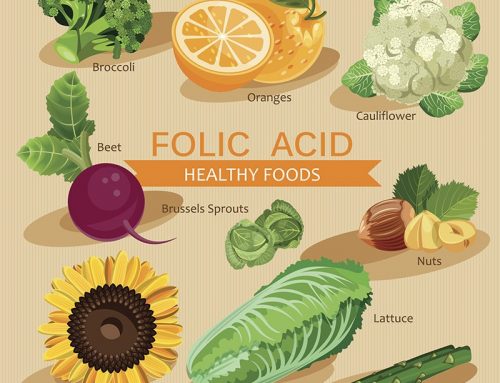A study from Harvard examined the chocolate-eating habits of over 31,000 Swedish women and concluded that women who consumed an average of one to two servings of high-quality chocolate per week were at 32% lower risk of developing heart failure. Those who ate one to three servings per month had a 26% lower risk.
Which ain’t bad.
But the benefit—at least in this study– disappeared when the women ate a lot more. While 20-30 grams a month of chocolate per month reduced the risk of heart failure, more chocolate than that (one to two servings a week) and the benefit disappeared, while much more than that (three to six servings a week) and the risk actually increased by 23%.
“At least for women, consumption of chocolate seems to be associated with a decreased risk of heart failure, but the protective effect was only seen with relatively small amounts of consumption, less than one serving a day,” said senior study author Dr. Murray Mittleman. “With higher levels, the benefit appears to be lost and perhaps even [have] a detrimental effect.”
However a study earlier in the year- the largest one to examine the association between chocolate consumption and the risk of cardiovascular disease- found a protective effect at much greater intakes. In that study, individuals consuming 7.5 grams per day (about one square) had a 39% lower risk of heart attack and stroke than individuals who ate almost no chocolate.
Other studies have examined the effect of high-cocoa chocolate on blood pressure (it lowers it) but the Harvard study is the first to examine the relationship of chocolate to heart failure (also called congestive heart failure), a condition in which the heart is unable to pump blood sufficiently to the rest of the body.
(Much research has shown that Coenzyme Q10 can be helpful to people with congestive heart failure. The heart needs a constant supply of ATP, the energy molecule needed so badly by the heart, and ATP can’t be produced without Coenzyme Q10.)
Back to cocoa. Plant compounds in cocoa called flavanols help modulate a compound called nitric oxide, which is critical for healthy blood flow and healthy blood pressure. In one Italian study, dark chocolate was shown to lower blood pressure, and the reason may well be that flavanol-rich coca actually supports the body’s ability to synthesize nitric oxide.
So go ahead and enjoy chocolate on this day which was almost meant to celebrate it. Just be sure you choose “high-cocoa” dark chocolate. The higher the cocoa content the more good stuff is in it (but the more bitter it tastes). Look for 60- or 70-percent cocoa which should provide all the flavanols you need plus taste as sweet and delicious as you expect chocolate to taste.
And until the research on eating chocolate for heart health gets a little clearer on the “perfect” dose, stick with a square or so a day (or every other day).














Well… What exactly is a serving? A bushel basket-full?
And from the Department of Redundancy Department:
“While 20-30 grams a month of chocolate per month …”
I’m glad that you took up the role of nitric oxide. It’s rather rarely discussed and might be one of the key reasons cocoa works this well. It’s a pity that there seems to be no (or only very isolated) populations who would consume cocoa in other forms than chocolate. Raw cocoa drink might be even better than chocolate. Who knows?
Wow. At least now I know I have nothing to worry. I can eat chocolates whenever I want. Thanks for sharing. 🙂
Drak chocolate 85% cacoa is part of my daily breakfast formula of all types of fortified cereals and all kind of nuts with cinamon, dark chocolate and some honey all mixed together and U will enjoy an excellent health.
Of course I only eat fish No chicken and No meat simply a lot of veg’s, beans, and fruits.
I proved health ability from the gym tough exercises I do
Thanks for Ur health messages